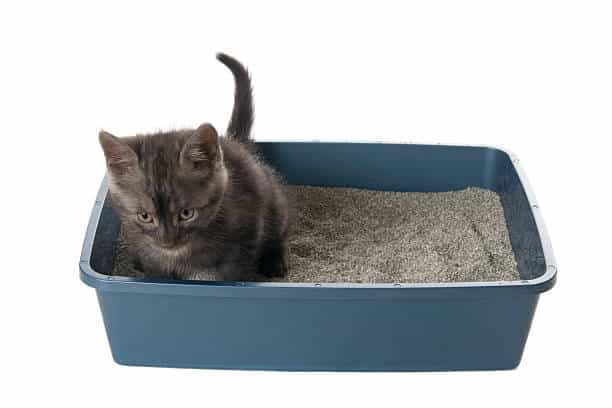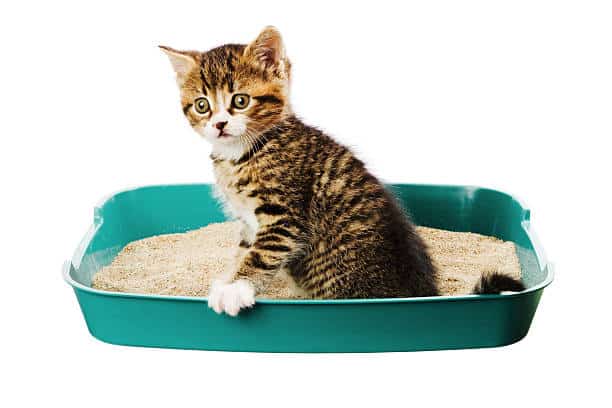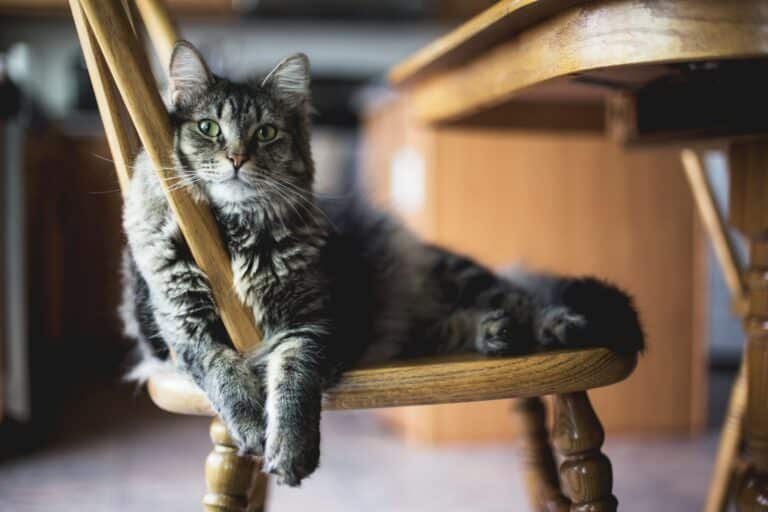Did You Know About The Enigmatic Feline Mithridatism?
Mithridatism, the practice of protecting oneself against poisons by gradually self-administering non-lethal amounts, has long been associated with humans. However, did you know that felines, particularly wild cats, also exhibit a fascinating form of mithridatism? These enigmatic creatures have been observed to consume small doses of toxins through their prey, gradually building up a resistance to the venom and poisons found in their environment. This intriguing behavior sheds light on the remarkable adaptations of these mysterious predators and their ability to thrive in challenging ecosystems.
The Science of Mithridatism
Historical Perspective
An ancient practice named after Mithridates VI, the King of Pontus, who reputedly ingested small doses of poisons to build immunity. This method was later adopted by scientists to study toxins and develop antidotes.
Mechanisms in Mammals
Perspective indicates that the process of mithridatism involves the gradual exposure of an individual to non-lethal doses of a poison to induce tolerance. This tolerance is achieved through the upregulation of detoxifying enzymes and immune responses.
Historical: Mithridatism dates back to the first century BC when King Mithridates VI of Pontus reportedly treated himself with small doses of poisons to protect against assassination attempts. This method became well-known for building immunity to toxins and inspired modern research on antidotes and vaccines.
Mithridatism in Cats
The Feline Immune Response
Feline mithridatism showcases the incredible immune response of cats when exposed to small amounts of toxins over time. These felines develop a natural resistance to various poisons through a process similar to vaccination, building up immunity gradually.
Cases of Natural Toxic Resistance
An intriguing facet of mithridatism in cats is the observation of certain feline species displaying innate resistance to specific toxins. For instance, the African leopard and the European wildcat have been found to possess natural immunity to certain venoms and plants, a phenomenon that continues to spark curiosity among researchers.
This natural toxic resistance in cats is attributed to a combination of genetic adaptations and the unique detoxification mechanisms in their bodies. For example, the liver and kidney functions in these resilient felines are highly efficient at processing and neutralizing toxins, providing vital insights into their evolutionary survival strategies.
Implications and Applications
Veterinary Insights
Not only could feline Mithridatism offer a new approach to treating toxin exposure in cats, but it also opens up potential insights for veterinary medicine. By studying how cats build tolerance to various toxins, veterinarians may be able to develop new treatments for other animals exposed to toxins in the wild or in domestic settings.
Potential for Human Medicine
With the unique ability of cats to develop tolerance to toxins, there is significant potential for translating this knowledge to human medicine. Understanding the mechanisms behind feline Mithridatism could lead to the development of new therapies for treating toxin exposure in humans, whether due to venomous animal bites, environmental toxins, or even deliberate poisonings.
Potential implications extend to creating antidotes for specific toxins or enhancing the body’s natural detoxification processes, offering new avenues for medical intervention in cases of toxin exposure.
Conclusion
Upon reflecting on the enigmatic practice of feline mithridatism, it becomes evident that cats have developed a unique and intriguing defense mechanism against toxic substances. This ability to consume small amounts of poisonous compounds and build up tolerance over time sheds light on the fascinating adaptability of these creatures. While there is much to uncover and understand about this phenomenon, it is clear that feline mithridatism showcases the resilience and complexity of cats in the face of potential dangers.






